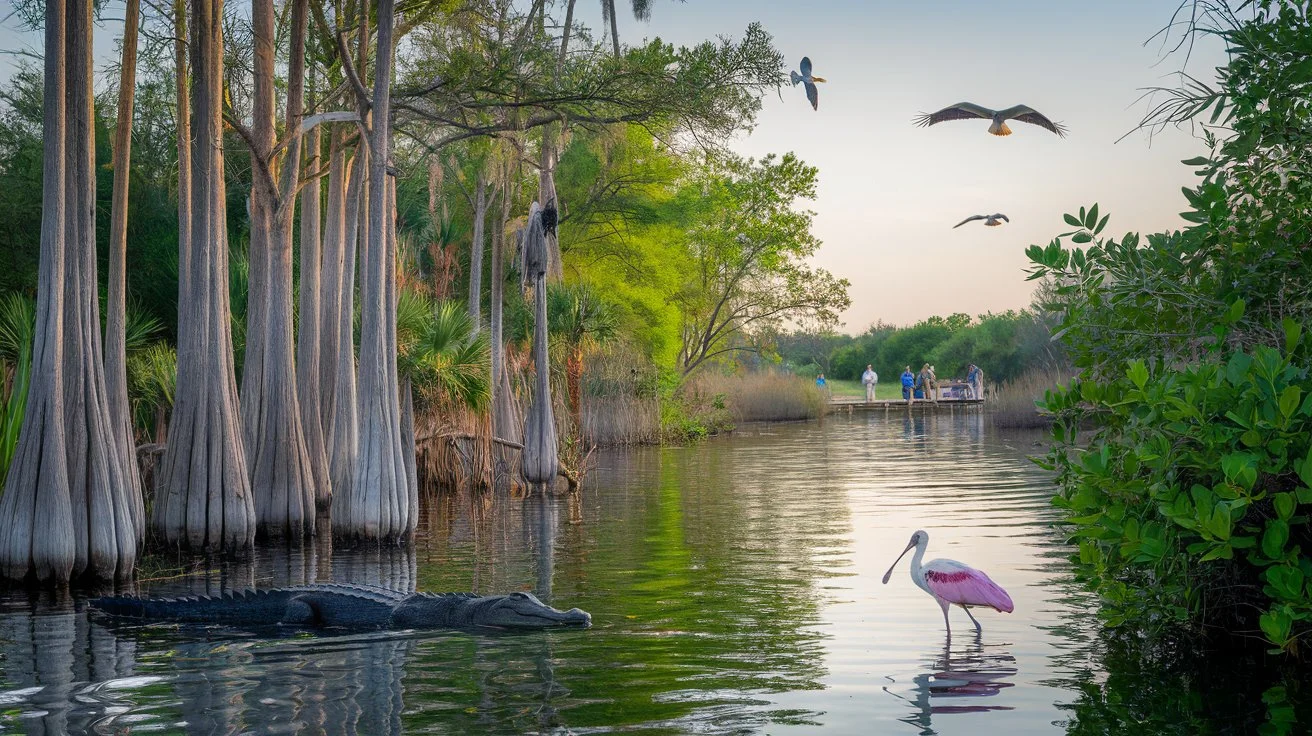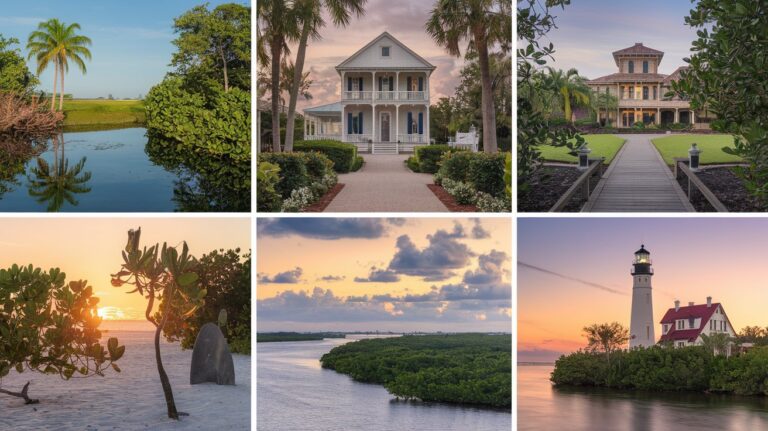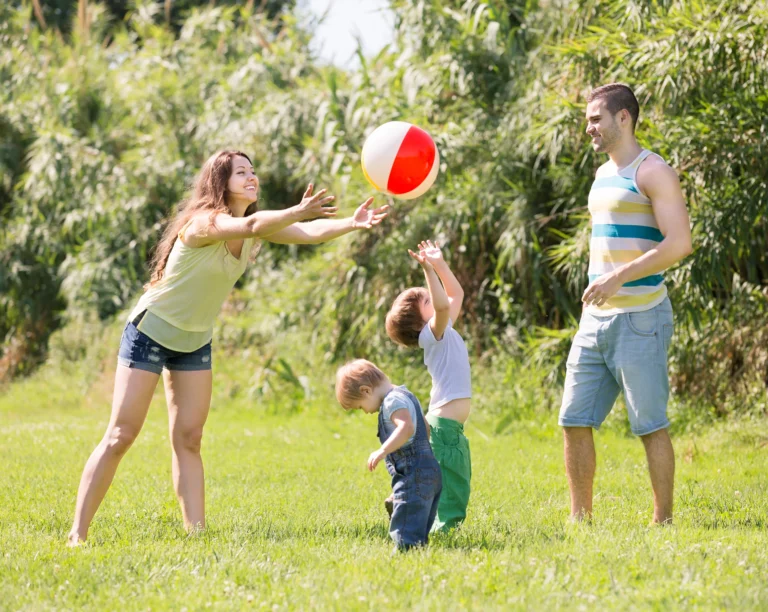Introduction to Fort Myers Wildlife Sanctuary Visits
Fort Myers, located on Florida’s Gulf Coast, is a paradise for nature lovers. With its pristine beaches and warm weather, this area is famous for its outdoor activities. But beyond the sandy shores, Fort Myers offers an incredible array of wildlife sanctuaries where you can encounter some of Florida’s most iconic species. Whether you’re an avid birdwatcher, a family looking for educational outdoor adventures, or simply someone who enjoys immersing themselves in nature, visiting these sanctuaries offers a perfect way to experience the diverse wildlife of this region.
The Importance of Wildlife Sanctuaries
So, what exactly are wildlife sanctuaries, and why are they important? Wildlife sanctuaries are protected areas where animals are given a safe environment to live and thrive, free from human disturbances such as hunting and habitat destruction. These sanctuaries serve a vital role in conservation efforts, helping to protect endangered species and preserve natural habitats.
In places like Fort Myers, which is home to many species that are unique to Florida, wildlife sanctuaries are crucial. They provide not only a refuge for animals but also a space where people can learn about and connect with nature in a meaningful way.
Popular Wildlife Sanctuaries in Fort Myers
Fort Myers is home to several notable wildlife sanctuaries. Each offers a unique experience for visitors and showcases different aspects of Florida’s wildlife and ecosystems. Let’s explore a few of the most popular ones.
J.N. “Ding” Darling National Wildlife Refuge
Located on Sanibel Island, just a short drive from Fort Myers, the J.N. “Ding” Darling National Wildlife Refuge is one of the most well-known sanctuaries in the area. Spanning over 6,400 acres, this refuge is a birdwatcher’s paradise. The refuge is famous for its migratory bird population, and you can spot species such as the Roseate Spoonbill, White Pelicans, and Ospreys. In addition to birds, visitors may encounter alligators, raccoons, and even bobcats.
Best Times to Visit: Early morning and late afternoon are the best times to spot wildlife. Activities include kayaking, driving through the refuge, and participating in guided tours. Don’t forget to bring your camera, as the views are stunning!
Location On Google Maps
The Calusa Nature Center and Planetarium
For a more interactive experience, the Calusa Nature Center and Planetarium offers both wildlife encounters and educational programs. This 105-acre facility features nature trails, a butterfly aviary, and a rehabilitation center for injured wildlife. Their planetarium offers a unique way to learn about space, adding an exciting twist to your nature adventure.
Wildlife to See: The center is home to native birds, such as hawks and owls, as well as reptiles like alligators and snakes. It’s a great spot for families, as the center offers kid-friendly programs and hands-on activities.
Location On Google Maps
Six Mile Cypress Slough Preserve
A hidden gem in Fort Myers, Six Mile Cypress Slough Preserve is a tranquil wetland area that offers boardwalk trails through lush cypress forests. The preserve is a haven for a variety of wildlife, from otters and turtles to wading birds like herons and egrets.
Guided Walks and Self-Guided Tours: You can explore the preserve at your own pace or join a guided walk for a more informative experience. This is a fantastic place to slow down, enjoy the quiet of nature, and observe animals in their natural habitats.
Location On Google Maps
Unique Wildlife in Fort Myers
Fort Myers is home to several species that you won’t find in many other places. Here are a few of the unique animals you might spot on your sanctuary visits:
- Florida Panther: One of the most endangered species in the U.S., the Florida panther is a rare sight, but there are sanctuaries dedicated to its protection.
- Manatees: These gentle sea cows are often spotted in the waters around Fort Myers, especially during the cooler months.
- Roseate Spoonbill: With its bright pink feathers, the Roseate Spoonbill is a striking bird often seen in the region’s wetlands.
Best Time of Year to Visit Fort Myers Sanctuaries
While Fort Myers can be enjoyed year-round, the best time to visit its wildlife sanctuaries is during the cooler months, from November to April. This period coincides with bird migration, making it ideal for birdwatchers. Additionally, wildlife is more active during the early morning and late afternoon hours, so plan your visits accordingly.
What to Bring on Your Wildlife Sanctuary Visit
To make the most of your visit, it’s important to come prepared. Here’s a quick list of essentials:
Guided Tours vs. Self-Guided Tours
There are pros and cons to both guided and self-guided tours. Guided tours offer expert knowledge and insights that can enrich your experience, especially if you’re unfamiliar with local wildlife. Self-guided tours, on the other hand, allow you the flexibility to explore at your own pace.
Conservation Efforts in Fort Myers
Many of the wildlife sanctuaries in Fort Myers play a significant role in protecting endangered species. Sanctuaries like the J.N. “Ding” Darling National Wildlife Refuge focus on habitat preservation and offer volunteer opportunities for those looking to give back to the environment.
Family-Friendly Activities at Wildlife Sanctuaries
If you’re traveling with kids, don’t worry—there’s plenty for them to enjoy. Many sanctuaries have educational programs, nature scavenger hunts, and interactive exhibits. The Calusa Nature Center, for example, offers hands-on activities that teach children about local wildlife.
Photography Opportunities
For photography enthusiasts, Fort Myers’ wildlife sanctuaries provide endless opportunities to capture stunning images. The golden hours of early morning and late afternoon offer the best lighting, and sanctuaries like the Six Mile Cypress Slough Preserve have plenty of scenic spots to snap the perfect shot.
Responsible Wildlife Viewing
When visiting wildlife sanctuaries, it’s crucial to respect the animals and their habitats. Follow these simple guidelines:
Conclusion
Fort Myers’ wildlife sanctuaries offer a chance to experience Florida’s natural beauty in a way that’s both educational and awe-inspiring. From the breathtaking bird species at J.N. “Ding” Darling to the serene wetlands of Six Mile Cypress, each sanctuary offers something unique. Whether you’re a local or a visitor, a trip to these wildlife havens is a must for anyone looking to connect with nature.
FAQs
Are the wildlife sanctuaries in Fort Myers free to visit?
Some sanctuaries have free admission, while others may charge a small fee for entrance or guided tours.
What’s the best time of day for wildlife viewing?
Early morning and late afternoon are the best times to see wildlife, as animals are more active during these cooler hours.
Can I bring my pets to the sanctuaries?
Most wildlife sanctuaries do not allow pets, as they can disturb the animals. Check each sanctuary’s guidelines before visiting.
Are there places to eat near the wildlife sanctuaries?
Many sanctuaries have picnic areas, but it’s a good idea to bring your own snacks and water. Nearby towns also offer dining options.
How can I volunteer at a Fort Myers wildlife sanctuary?
Many sanctuaries offer volunteer programs. Check their websites or contact them directly to learn about available opportunities.




